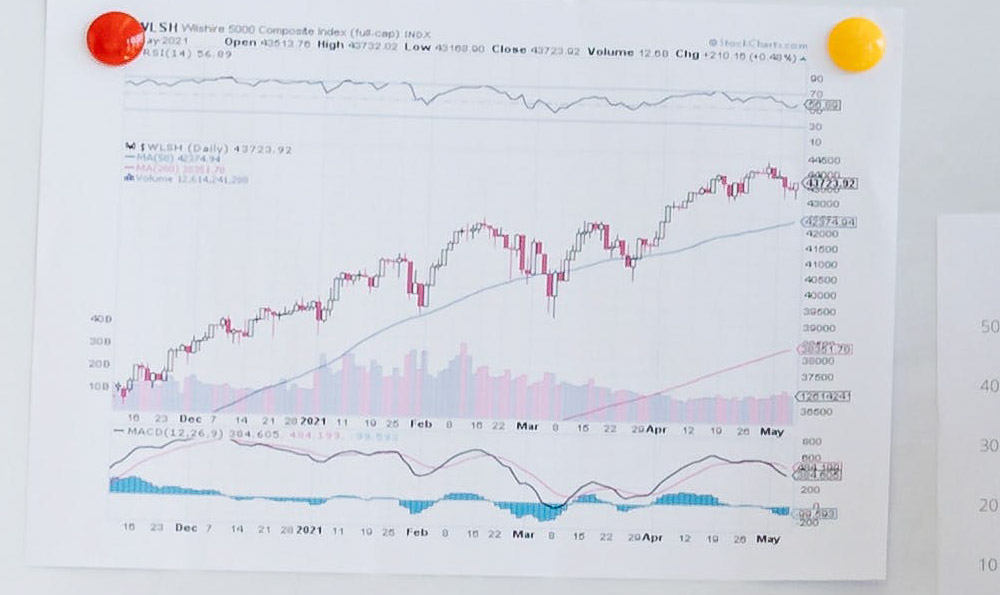Ethereum's gas fees, a constant source of frustration and fascination for users of the network, represent the computational cost of executing transactions on the blockchain. Understanding what they are, how they work, and when to optimize their use, especially with tools like Keepbit, is crucial for anyone involved in the Ethereum ecosystem.
Decoding Ethereum Gas Fees: The Fuel of the Network
Imagine Ethereum as a vast, decentralized computer running applications (dApps) and processing transactions. "Gas" is the unit that measures the amount of computational effort required to perform specific operations on this computer. Every action, from a simple token transfer to a complex smart contract interaction, requires gas. The "gas price" is the amount of ETH you are willing to pay per unit of gas.

Essentially, gas fees are paid to Ethereum miners (now validators in the Proof-of-Stake era) who dedicate their computational resources to verifying and including transactions in a block. The higher the gas price you offer, the more likely and quicker your transaction will be processed, especially during periods of high network congestion.
The total gas fee for a transaction is calculated by multiplying the gas used by the transaction by the gas price. For instance, if a transaction uses 21,000 gas units and the gas price is 50 gwei (Gigawei, where 1 gwei = 0.000000001 ETH), the total fee would be 21,000 * 50 gwei = 1,050,000 gwei or 0.00105 ETH.
Several factors influence gas prices. Network congestion is the primary driver. When numerous users are simultaneously trying to execute transactions, the demand for gas increases, leading to higher prices. Complexity of the transaction also plays a role. Simple transfers require less gas than intricate smart contract interactions involving multiple steps and data processing. The current Ethereum block size also contributes, as a smaller block size can lead to more competition for inclusion.
The Pain Points of High Gas Fees
High gas fees can significantly hinder the usability of Ethereum, particularly for small transactions. Paying $20 or more to transfer a few dollars' worth of tokens makes microtransactions economically unviable. This can exclude many users from participating in DeFi (Decentralized Finance) and other applications. High fees also contribute to a poorer user experience, discouraging adoption and potentially driving users to alternative blockchains with lower transaction costs. Scalability issues, partly responsible for elevated fees, have been a long-standing challenge for Ethereum.
Strategic Timing: When to Optimize Gas Fees
The best time to transact on Ethereum to minimize gas fees typically coincides with periods of low network activity. Historically, these periods often occur during off-peak hours in major time zones, such as late at night or early morning (UTC). Monitoring gas price trackers like GasNow, ETH Gas Station, or Etherscan can provide real-time insights into current gas prices and historical trends. These tools display average gas prices, estimated transaction confirmation times, and gas price history charts, enabling users to make informed decisions.
Enter Keepbit: Automating Gas Fee Optimization
Keepbit is a platform designed to automate the process of submitting Ethereum transactions when gas fees are low. It essentially acts as a "gas fee sniper," monitoring gas prices and automatically executing transactions when prices fall below a user-defined threshold.
How Keepbit Works:
- Set a Gas Price Limit: Users specify the maximum gas price they are willing to pay for their transaction.
- Submit Transaction: The transaction is submitted to Keepbit.
- Monitoring and Execution: Keepbit continuously monitors the Ethereum network for gas prices that meet the user's specified criteria.
- Automatic Submission: When the gas price drops below the set limit, Keepbit automatically submits the transaction to the Ethereum network.
When is the Best Time to Use Keepbit?
Keepbit is particularly useful in several scenarios:
- Non-Urgent Transactions: For transactions that don't require immediate confirmation, such as claiming rewards, transferring funds between wallets, or interacting with less time-sensitive dApps, Keepbit can significantly reduce gas costs by waiting for optimal gas prices.
- Large Transactions: Even a small reduction in gas price can translate to substantial savings when dealing with large transaction amounts. Keepbit can help minimize the overall cost of these transactions.
- Users with Limited Time: Manually monitoring gas prices can be time-consuming. Keepbit automates this process, freeing up users to focus on other tasks.
- During Periods of High Volatility: Gas prices can fluctuate rapidly during periods of high network activity. Keepbit can help users avoid paying exorbitant fees by waiting for calmer periods.
Benefits of Using Keepbit:
- Cost Savings: The primary benefit is reducing gas fees by automatically executing transactions during periods of low network activity.
- Time Efficiency: Automates the process of monitoring gas prices and submitting transactions.
- Improved User Experience: Simplifies the transaction process and removes the need for manual gas price monitoring.
Considerations When Using Keepbit:
- Security: Ensure that Keepbit is a reputable and secure platform. Research the platform's security measures and read reviews from other users. Always use a hardware wallet and connect through it to enhance security.
- Transaction Cancellation: Understand the platform's policies regarding transaction cancellation. Some platforms may charge a fee for canceling a transaction that has already been submitted to the network.
- Transaction Speed: While Keepbit aims to reduce gas fees, it may also result in slower transaction confirmation times. It is essential to consider the urgency of the transaction when deciding whether to use Keepbit. If the transaction is extremely time-sensitive, manually setting a higher gas price might be preferable.
- Platform Fees: Some platforms may charge a small fee for using their services. Compare the fees of different platforms to find the most cost-effective option.
In Conclusion:
Understanding Ethereum gas fees is essential for navigating the decentralized world of blockchain technology. By strategically timing transactions and leveraging tools like Keepbit, users can significantly reduce gas costs and enhance their overall experience. Keepbit offers a convenient way to automate gas fee optimization, saving both time and money. However, it is crucial to carefully consider the security implications, transaction speed, and platform fees before using any third-party service. As Ethereum continues to evolve with solutions like Layer-2 scaling and EIP-1559's base fee burning mechanism, the landscape of gas fees will undoubtedly change, necessitating continuous adaptation and optimization strategies. By staying informed and employing smart techniques, users can effectively manage gas fees and unlock the full potential of the Ethereum network.












